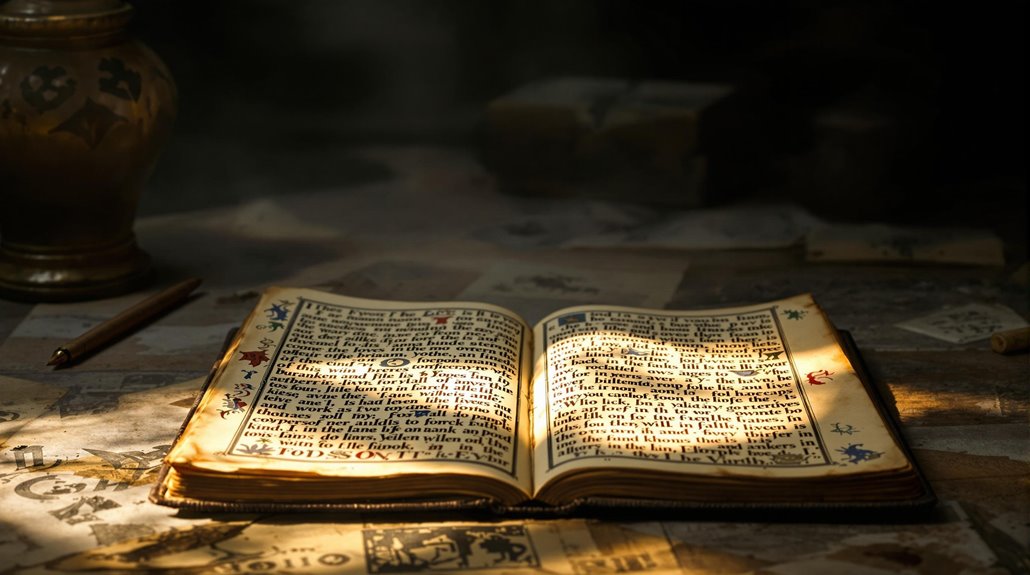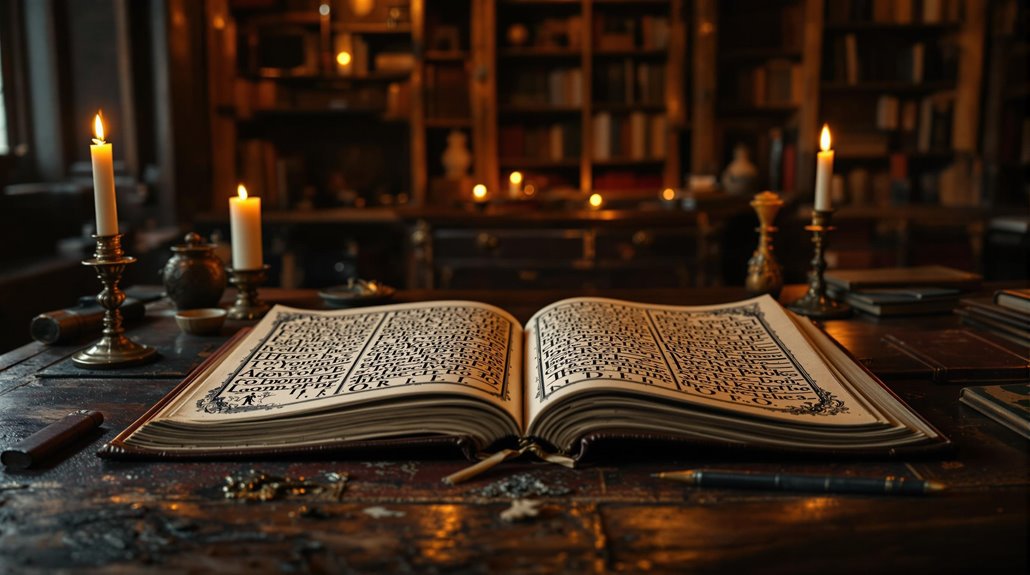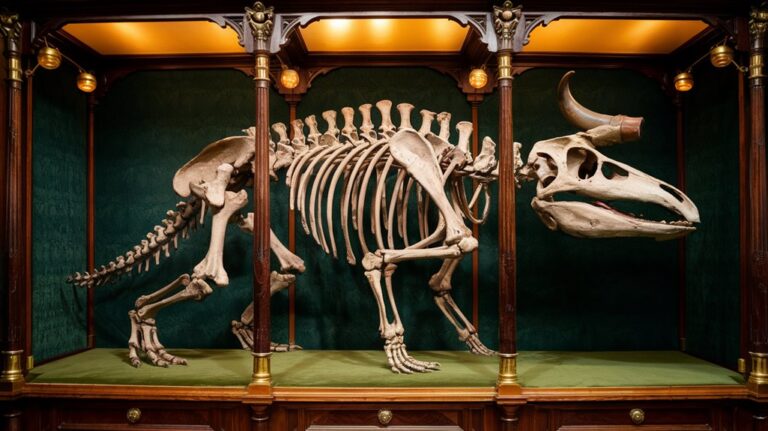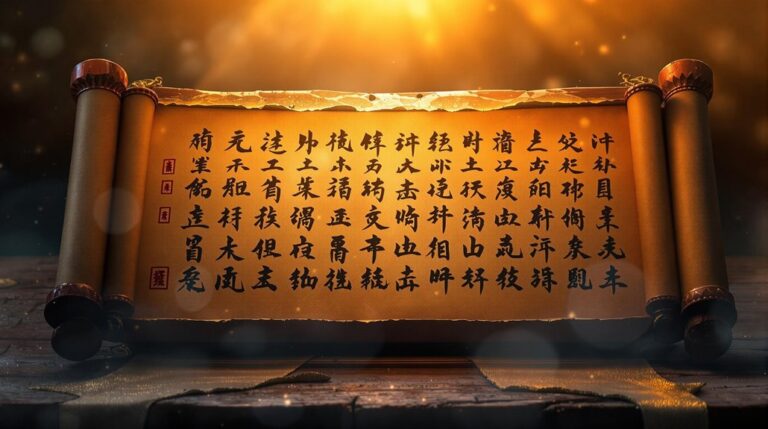The Voynich Manuscript Is a 15th-Century Book That Remains Undeciphered
You've probably heard of unsolved mysteries like the Bermuda Triangle or crop circles, but there's an ancient book that's even more puzzling. The Voynich Manuscript has stumped scholars, cryptographers, and researchers for over 600 years with its indecipherable text and bizarre illustrations. While its vellum pages contain detailed drawings of unknown plants and astronomical diagrams, no one has cracked its mysterious code. What's more intriguing is that modern technology and artificial intelligence haven't been able to reveal its secrets either.
Physical Characteristics and Construction Details
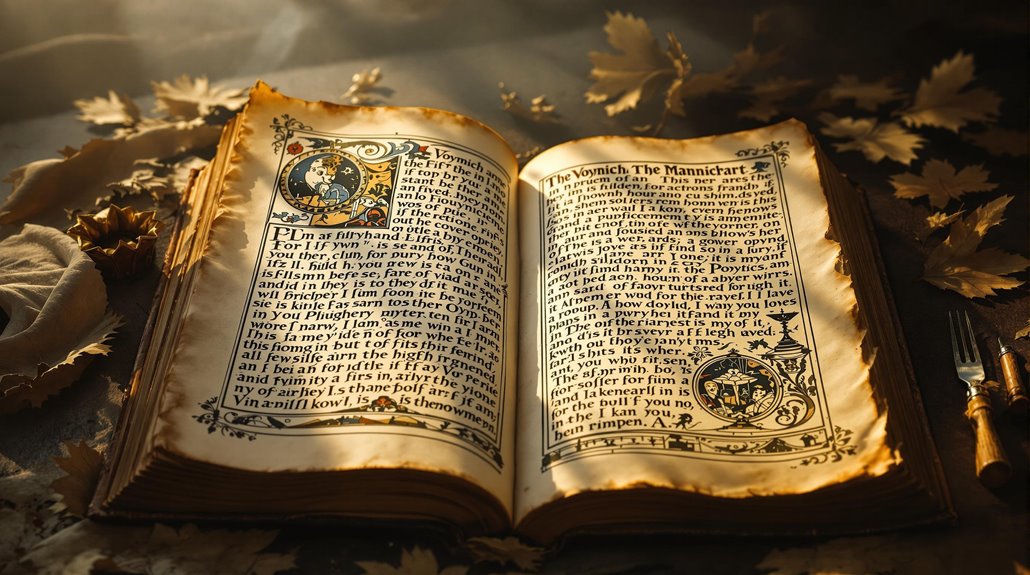
The Voynich Manuscript stands as a remarkably preserved medieval codex, measuring 23.5 x 16.2 x 5 centimeters and containing roughly 240 vellum pages.
The manuscript's construction reflects 15th-century binding techniques, with 18 surviving quires from an original 20, suggesting it once had 272 pages.
You'll find the pages numbered from 1 to 116 in the top right corner, and some sheets are foldable, varying in size.
The vellum quality dates to 1404-1438, as confirmed by carbon dating, and the manuscript's materials are consistent with medieval craftsmanship.
The text spans over 170,000 characters, comprising approximately 35,000 word groups with 8,114 unique word types.
Colored illustrations adorn nearly every page, featuring fantastical drawings, diagrams, and astrological symbols, while some pages include Latin script additions.
The manuscript's ink consists of iron gall ink and colored paints including azurite and red ochre.
Emperor Rudolf II acquired this enigmatic manuscript for 600 ducats, making him its earliest known owner.
The Mystery of the Manuscript's Content
While the physical aspects of the Voynich Manuscript provide valuable clues about its origin, its enigmatic content has baffled scholars for centuries. The manuscript contains diverse sections featuring herbal illustrations, astronomical symbols, and biological diagrams, all written in an unknown script that's confounded experts. Statistical analysis reveals that the text has unusual linguistic properties that set it apart from natural languages.
The manuscript was purchased by Wilfred Voynich in 1912 before eventually finding its way to Yale's Beinecke Library.
The text displays characteristics of natural language, including:
- A consistent writing system with 20-30 distinct characters
- Word patterns following Zipf's law
- A prefix-root-suffix structure suggesting grammar rules
You'll find the manuscript's writing system particularly puzzling, as it's written left to right with word-like units, yet its low entropy score differs from known languages.
Despite numerous attempts at decipherment using various methods, from traditional linguistics to machine learning, the manuscript's true meaning remains elusive.
Notable Owners Through the Centuries
Throughout its mysterious history, the Voynich Manuscript has passed through the hands of several prominent collectors and scholars, beginning with Emperor Rudolf II's purchase for 600 gold ducats between 1576-1612.
Rudolf's acquisition came with his belief that Roger Bacon was the author, though the seller's identity remains unknown.
Modern research by Stefan Guzy discovered a receipt showing the manuscript may have been part of a larger manuscript collection.
After Rudolf's death, Tepenecz's inheritance of the manuscript marked the next significant chapter, with his ownership confirmed by his signature discovered under UV light on folio 1r.
The manuscript then passed to Prague alchemist Georg Baresch, who attempted to decode its contents before transferring it to Johannes Marcus Marci. During this period, the manuscript's 240 pages of text featured mysterious illustrations of unknown plants and celestial diagrams.
Centuries later, in 1912, rare book dealer Wilfrid Voynich purchased the manuscript from a Jesuit college, valuing it at $100,000 and ultimately lending his name to this enigmatic text.
Failed Attempts at Breaking the Code
Despite decades of concentrated efforts, numerous professional cryptographers and institutions have failed to crack the Voynich Manuscript's mysterious code. The failed decryption efforts span from the 1940s to the present day, with even modern technology proving ineffective against its cryptographic challenges.
You'll find several major approaches that have all reached dead ends:
- Professional cryptographers like William and Elizebeth Friedman, NSA's John Tiltman, and recent experts have all been stumped.
- Computer-assisted methods, including AI, machine learning, and statistical analysis, haven't yielded conclusive results.
- Linguistic theories proposing Old Turkic, proto-Romance, Hebrew, and Slavic origins have been rejected or remain unverified.
The manuscript was discovered by Polish book dealer Wilfrid Voynich in the early 20th century. While carbon dating has confirmed the manuscript's 15th-century origin, its code continues to resist all attempts at decipherment. The mysterious text consists of 240 vellum pages divided into six distinct sections covering topics from botany to astronomy.
Leading Theories About Its Origins and Purpose
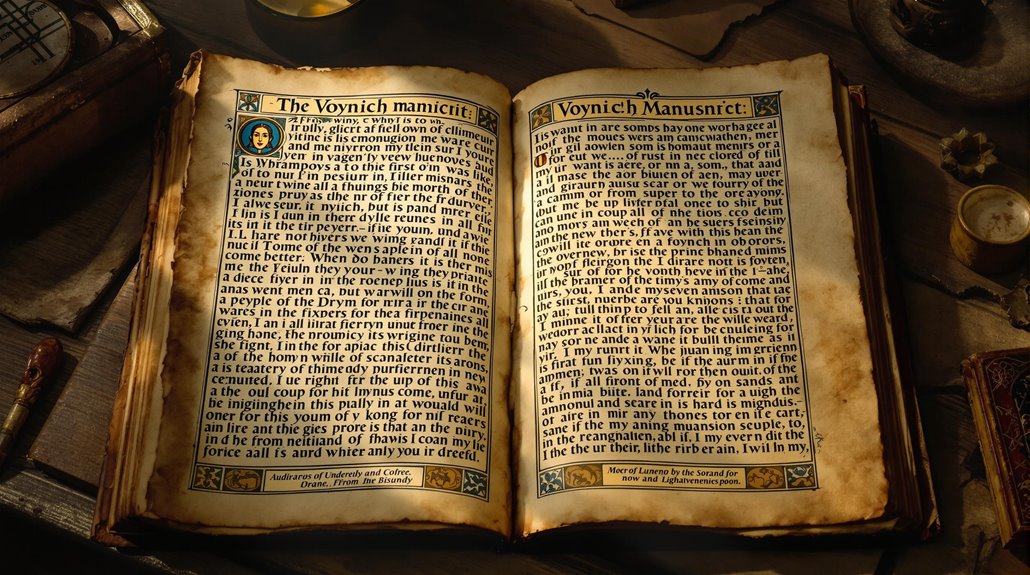
The unsolved nature of the Voynich Manuscript has spawned numerous theories about its creation and intended use. Among the leading author theories, you'll find candidates ranging from 13th-century philosopher Roger Bacon to 15th-century architect Antonio Averlino.
Some researchers even suggest multiple authors, pointing to evidence of five distinct handwriting styles in the text.
Purpose hypotheses are equally diverse. You might favor the practical interpretation that it's a medical reference or herbal encyclopedia, while others see it as an encoded alchemical guide or astrological manual.
The manuscript's geographical origins remain contested too, with theories placing its creation in Northern Italy, Central Europe, or the New World. The handwriting is immaculate, with no evident mistakes or corrections throughout its approximately 170,000 words.
While some propose it's written in a constructed language, others believe it's an elaborate cipher of an existing tongue. The manuscript's historical significance is highlighted by the fact that Holy Roman Emperor Rudolf II purchased it for 600 ducats.

